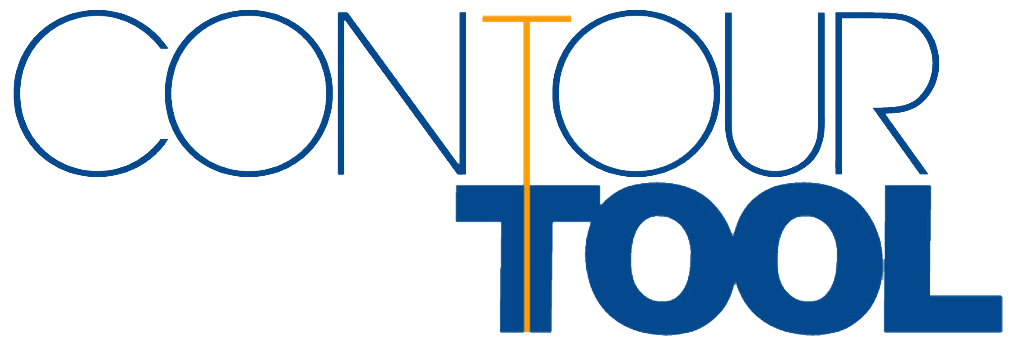Five-axis machines represent modern CNC design and are able to machine shapes of nearly any complexity. The two main application categories for five-axis machining are conventional machining of tilted surfaces and the machining of complex 3D shapes. In both cases the workflow needed to create five-axis programs has been simplified over the years but still requires much experience to master.
Five-Axis machine layouts
Like most CNC Machining centers five-axis machines have three linear axes, and the layout of a 5-axis machine is somewhat similar to a 3-axis machine. The two additional axes are rotational, and these are what give the machine its versatility. The two additional axes are deployed in two alternative ways:
In the first, the two rotational axes are achieved by using two rotary tables, the first mounted on the machine’s table, and the second attached to the first. This allows the work piece to be rotated in two axes simultaneously.
Alternatively, the rotary axes are incorporated into the machine’s spindle and headstock. In this way, the cutting tool and spindle can be slanted in each rotary axis. With this method the work piece remains stationary which is useful for machining large parts.
Both these styles of machine use the same axis convention. For example, when viewing the machining center from the right side, work piece or the cutting tool while slanted either counterclockwise or clockwise, you get the A-axis. When viewing the machine from the front, work piece or cutting tool while slanted counterclockwise or clockwise, you get the B-axis
Machining complicated 3D shapes
The two rotary axes are utilized to keep the cutting tool normal to the surface being worked one. In the early days of five-axis machining programming for 3D work was laborious and required the geometry of each workpiece to be transferred from the design to the computer by keyboard. Since then CAD/CAM software has improved to the point where the flow from concept through design to production is relatively seamless.
Traditional machining on tilted surfaces
Five axis machines are not always used for 3D work. Their two rotational axes enable them to machine sloping planes, a requirement that requires multiple holdings on a 3-axis machine. They can therefore be used for many conventional tasks like milling, boring, reaming, tapping and drilling, where the task axis is not normal to the machine table. Some training is needed to operate the machine in this mode, but far less than is required to master its full 3D capability.
To learn more about custom cnc precision machining, check out https://www.contourprecisionmilling.com/cnc-precision-machining.
Contour Tool Inc
38830 Taylor Parkway North
Ridgeville OH 44039
440-365-7333
Find us on social media:
https://www.facebook.com/ContourTool/
https://www.linkedin.com/company/5023903/
